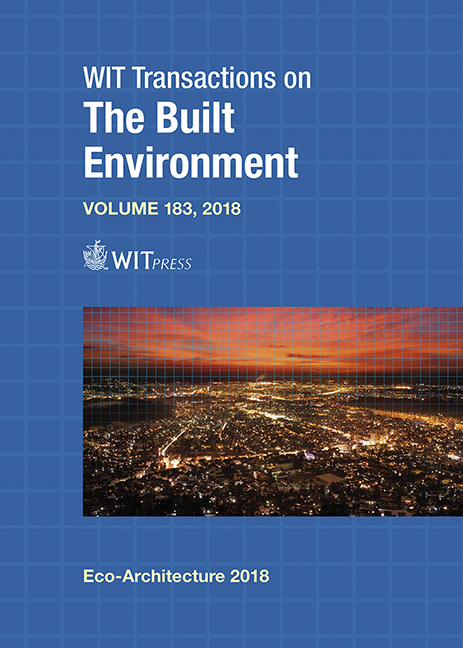THE ENVIRONMENT AND FENG SHUI APPLICATION IN CHEONG FATT TZE MANSION, PENANG, MALAYSIA
Price
Free (open access)
Transaction
Volume
183
Pages
13
Page Range
1 - 13
Published
2019
Paper DOI
10.2495/ARC180011
Copyright
WIT Press
Author(s)
AZIZI BAHAUDDIN, TEH BOON SOON
Abstract
Feng Shui, literarily translated as wind and water, forms part of the Chinese traditional architecture theory. The philosophy aims to achieve harmonious equilibrium among nature, buildings and people. It continues to be used in dwelling site selections and layout of buildings as well as in the environmental planning, especially in the Form School Feng Shui school of thought. It focuses on site analysis, landscapes and building placements with emphasis on designing with nature and the environment. This Feng Shui approach can be traced in the building design of the Peranakan style architecture of Cheong Fatt Tze Mansion, a unique architecture in George Town, Penang. It is a mix of Chinese, Malay and colonial building styles. Unfortunately, this mansion has not been verified with the Feng Shui approach in relating the architecture with nature, despite a claim that was made of its application and for other buildings of the same style. This study addresses the cultural sensitivity of this architecture as a case study in embracing nature for its Feng Shui application. Qualitative analysis was employed to determine whether the design of this mansion corresponded well with favourable architectural conditions placed in the environment as stated in the Form School approach. The method applied included measured drawings, ethnography study of the Peranakan culture, interviews with identified Feng Shui masters and the mansion’s owners. The mansion’s architectural design conformed to the philosophy adapted from the Form School approach, especially in the architectural language. The conformity further addresses challenges and opportunities in pursuing the sustainable design approach based on the significance of Feng Shui, pertaining to the minimum use of energy and exploitation of natural ventilation and natural lighting. The Feng Shui Form School approach has significantly demonstrated the interrelationships between the architecture and the environment, specifically in this Peranakan architecture of Penang.
Keywords
Feng Shui, environment, Form School, Peranakan architecture





